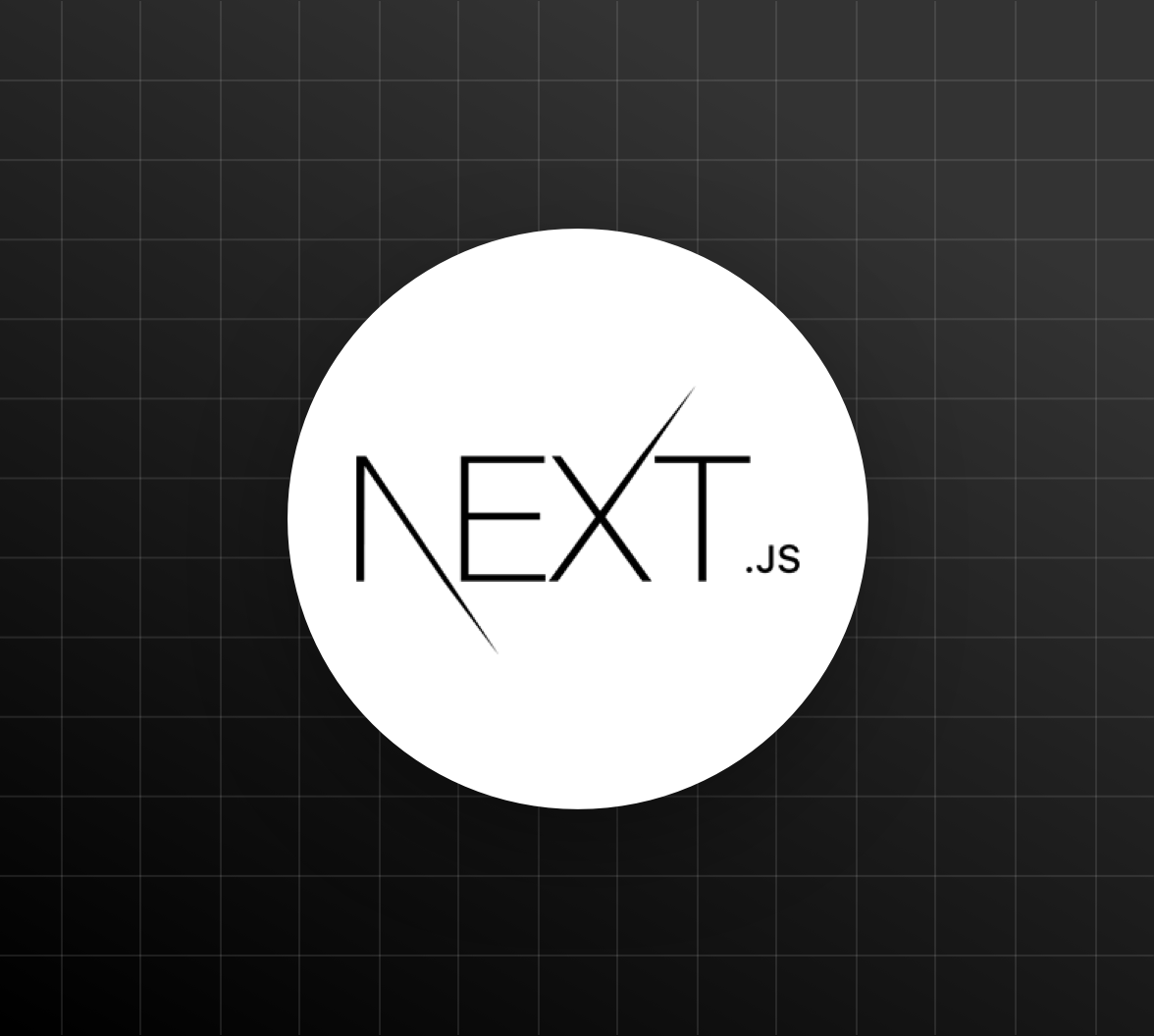Next.js has transformed from a simple React framework to a comprehensive platform for web development. Version 14 and beyond have introduced features that significantly improve developer experience and application performance.
The App Router Revolution
The introduction of the App Router in Next.js has changed how developers structure their applications. With built-in support for layouts, loading states, and error handling, creating complex user interfaces has become more intuitive.
Server Components have reduced client-side JavaScript, leading to faster page loads and improved core web vitals across applications built with the framework.

Next.js App Router structure with server and client components
Performance Optimizations
Next.js has pioneered several performance optimization techniques that have become industry standards. Automatic image optimization, font optimization, and script loading strategies have made it easier to achieve perfect Lighthouse scores.
The hybrid rendering approach—combining static generation, server-side rendering, and client-side rendering as needed—offers flexibility while maintaining performance.
Beyond Traditional Websites
Next.js has expanded beyond traditional websites into a platform for building complex applications. With API routes, middleware, and edge functions, developers can create full-stack applications without additional backends.
Integration with Vercel has provided a seamless deployment experience, with features like analytics, A/B testing, and edge caching available out of the box.
Looking Forward
As web standards evolve, Next.js continues to adapt and innovate. The framework's commitment to performance, developer experience, and modern web capabilities suggests it will remain at the forefront of React development for years to come.